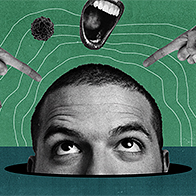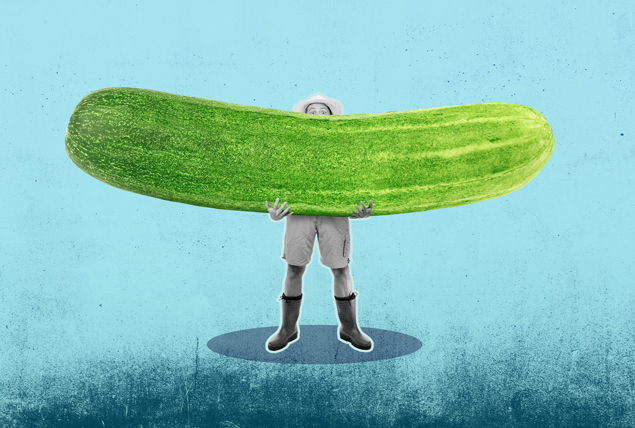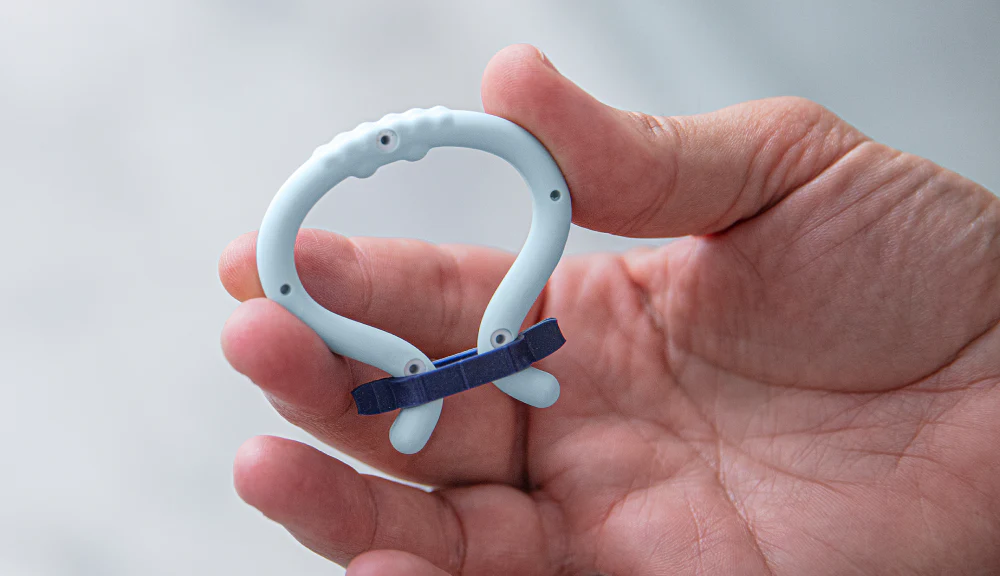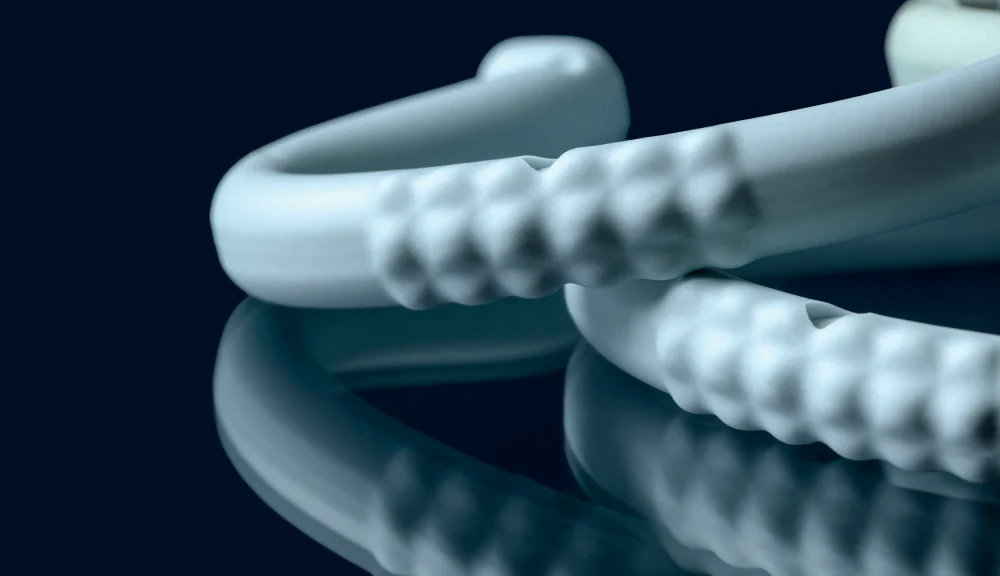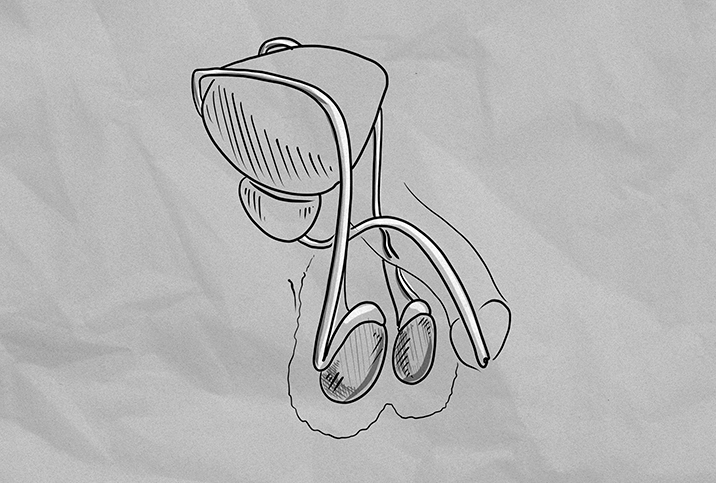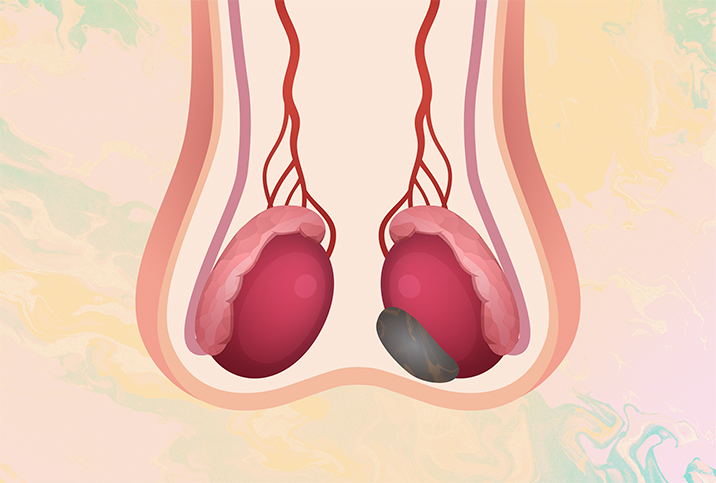Get a Grip on Testicular Cancer and How to Detect It
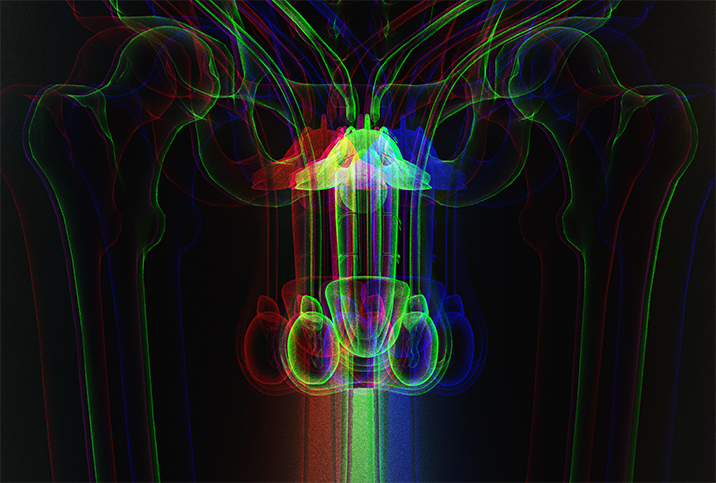
The treatment of testicular cancer is a modern medical success story, said William Huang, M.D., chief of the urology service at NYU Langone Health's Tisch Hospital in New York City. Many men develop metastatic testicular cancer but survive and go on to live a normal life expectancy.
While this is encouraging, it should not be construed as permission to drop your diligence or get comfortable with complacency when monitoring your testicular health.
Almost 10,0000 new cases of testicular cancer are expected to be diagnosed in 2022 in the United States, according to the American Cancer Society. While it's not a common cancer, as only 1 in every 250 men will develop the disease at some point in their lifetime, that's not much comfort for anyone who has it.
Symptoms of testicular cancer
The most common symptom of testicular cancer is a painless lump or bump on the testicle, according to Samuel Haywood, M.D., a urologic oncologist at the Cleveland Clinic who encourages anyone who feels an abnormality to have their doctor take a look.
In general, a new lump is the way testicular cancer presents for the first time, and, typically, the lump will appear on one testicle—it's relatively rare for cancer to affect both testicles.
While the lump is usually painless, some men experience pain or tenderness in the testicle or scrotum. Dull pain in the abdomen or groin area is another potential symptom of testicular cancer, said Kristian Stensland, M.D., a clinical instructor in the Urology Department at the University of Michigan. These symptoms don't automatically indicate a tumor or cancer, but you'll want to get them checked out by a doctor.
In rarer cases of advanced testicular cancer, patients may experience weight loss, fatigue, abdominal pain and back pain. In these cases, the symptoms sometimes prompt the doctor to look for other causes, according to Haywood, and they may find a testicular mass.
"Unfortunately, there's usually a delay of several months from the guy first noticing it to seeking treatment because there is some embarrassment or reluctance," Haywood said. "We actually find the delay in diagnosis is more the rule rather than the exception. With that said, testicular cancer tends to be very treatable, especially in the early stages."
If you notice one testicle is much harder than the other or one feels spongy while the other feels hard, you should see your doctor, Huang said.
Another potential sign of testicular cancer is the development of breast tissue or breast tenderness, because certain types of testicular tumors can release hormones that lead to breast development.
Monthly self-exams
While the U.S. Preventive Services Task Force doesn't recommend testicular self-exams and the American Cancer Society makes no recommendation one way or the other, the urologists we spoke to recommend men check their testicles once a month in the shower. The heat from the shower relaxes the muscles of the scrotum skin and allows for a better exam.
It's normal for one testicle to be slightly larger than the other, and one usually hangs lower, too. Haywood said monthly exams give men a good baseline of what their testicles normally feel like.
"So, if there are any abnormalities, they're able to notice them quickly and get in for an evaluation," he said.
The Testicular Cancer Awareness Foundation provides the following four-step process for a testicular self-exam during or after a warm shower:
- Cup one testicle at a time using both hands.
- Roll the testicle between your thumb and fingers, using slight pressure.
- Get a feel for your spermatic cord and epididymis tube, which connect on the backside of the testicle.
- Feel for lumps or changes in size or consistency.
Unfortunately, many men do not perform monthly exams, and Huang said it's uncommon for a patient to tell him they discovered a lump.
"Most men just notice, 'Boy, this testicle is getting bigger,'" he said. "Or they brushed up against it and noticed it was firm. Or even their partner may have noticed during intimate contact."
Huang supports increasing awareness about self-exams because they are easy, free and have few downsides. Medical organizations have pulled back from recommending them not because they don't work or are harmful, but because the numbers don't show a significant benefit for treatment and survival.
Conditions with similar symptoms
Testicular cancer shares some symptoms with epididymitis, an infection of the epididymis, the storage tube for sperm situated at the back of each testicle. Epididymitis often causes pain and enlargement of the testicles or swelling in the scrotum from inflammation. The testicles may feel hot to the touch, and potential urinary problems include pain during urination or discharge.
Fortunately, imaging can set the diagnosis straight. In an ultrasound, epididymitis generally looks different from a testicular tumor, Haywood said. Epididymitis also improves through treatment with antibiotics; if it doesn't improve, your doctor may have concern about an underlying tumor.
Haywood added that some testicular tumors are benign, or noncancerous, and do not spread to other parts of the body. But if your doctor sees a tumor on an imaging test, they often surgically remove the testicle even though the tumor is sometimes benign—biopsies are not typically done on testicular tumors because they risk spreading the cancer.
In another case of is-it-or-isn't-it-cancer, some men with chronic pelvic pain syndrome (CPPS) will experience dull pain in the testes. Again, an ultrasound helps differentiate this condition from testicular cancer because there won't be a mass on the testicle with CPPS.
Highly treatable
Testicular cancer is one of the most common cancers among younger men, a group that often tends to avoid professional healthcare.
Early treatment is best, obviously. If you notice any abnormality with your testicles, see your primary care physician or a urologist as soon as possible. Fortunately, testicular cancer is highly treatable and has one of the highest five-year relative survival rates among cancers: 95 percent, according to the American Cancer Society.
One problem is that many men put off seeing a doctor after they notice an enlarged testicle or a hard lump, which can be a costly delay if the cause is cancer. If the cancer has metastasized, or spread to distant parts of the body, the survival rate drops to 73 percent.
As Huang said: "If they ignore it and hope that it will go away, this can lead to the fact that about 20 to 30 percent of the time, by the time they see a doctor, they may have a disease that's already escaped the testicle."







